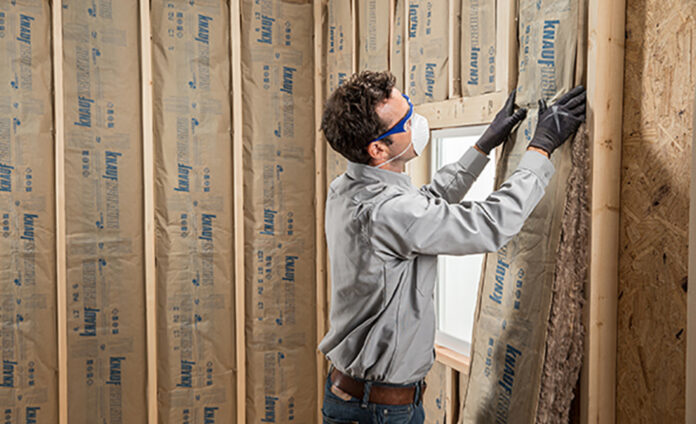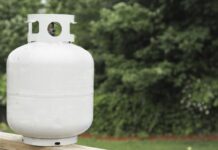Did you know that the type of insulation in your walls can significantly impact your home’s air quality? There are many different types of insulation available on the market, and it can be challenging to know which one is best for your home. Here, we will discuss 5 common wall insulation types and explain how they can help improve your home’s air quality. Clean Air Doctors Website is a trusted resource for information about all things insulation, so be sure to check them out for more tips.
Fiberglass
Fiberglass is one of the most common types of insulation used in homes. It is made from glass fibers spun into a mat and then bonded with resin. Fiberglass is an effective insulator because it does not conduct heat or electricity. It is also fire-resistant and does not absorb water, making it ideal for use in damp areas.
One downside of fiberglass insulation is that it can irritate your skin and eyes if you come into contact with it. If you install fiberglass insulation yourself, wear gloves, long sleeves, and eye protection.
Another downside of fiberglass insulation is that it can settle over time, leaving gaps and openings that can let in drafts or pests into your home.
Overall, fiberglass is a good option for insulation, but be sure to take proper precautions if you are installing it yourself.
Cellulose Insulation
Cellulose insulation is made from recycled newspapers and other paper products. It is treated with chemicals to resist fire, mold, and pests. Cellulose insulation is one of the most effective types of insulation at blocking out airborne pollutants.
Clean Air Doctors recommends cellulose insulation for homeowners concerned about improving their home’s air quality. This type of insulation is also a good choice for people with allergies or respiratory conditions because it can help to reduce exposure to dust and other allergens.
If you’re looking for an eco-friendly option, cellulose insulation is a great choice. It’s made of recycled materials and is also biodegradable. \
Mineral Wool
Mineral wool insulation is made from rock or slag melted and spun into fibers. It is often used in high-temperature applications because it does not catch fire and has a very high melting point. It can also help improve your home’s soundproofing. Mineral wool is also resistant to water, mold, and pests.
One downside of mineral wool insulation is that it can be difficult to install yourself because it is very dense. It is also one of the more expensive types of insulation on the market. However, mineral wool insulation is a good choice for people looking for a fire-resistant option or who need to insulate an area with high temperatures.
Foam Board Insulation
Foam board is more commonly known as rigid insulation. It’s made from polystyrene or polyurethane and sometimes other materials like fiberglass. This type of insulation is used in both commercial and residential areas. It comes in various thicknesses and can be cut easily to fit into any space.
Foam board is very durable; it protects against moisture and mold and has a high R-value. Rigid insulation is easy to install and can be attached directly to the wall or between studs for added protection. When appropriately installed, it also acts as a sound barrier but does not provide any additional fire resistance. This type of insulation works well with other materials such as spray foam or loose-fill cellulose because they complement each other in their ability to keep air out.
Spray Foam
Spray foam insulation is a relatively new product designed to save energy via insulation of exterior and interior walls, floors, and ceilings.
Spray foam, which comes in two varieties (open cell and closed cell), is a thick liquid that expands into foam within seconds after applying it. The foam then hardens in about 30 seconds and is ready for use. Spray foam is available in two- or three-part kits that include the chemicals needed for mixing on site.
The primary benefit of spray foam insulation over traditional fiberglass insulation is that it completely seals the building envelope, creating an air barrier that reduces air leakage and can help prevent drafts, moisture buildup, and ice dams in winter. In summer, it keeps hot air from penetrating the home’s interior.
There are many different types of insulation available on the market, and each has its benefits and drawbacks. When choosing the right type of insulation for your home, consider your climate, budget, and desired comfort level. Clean Air Doctors’ website is an excellent resource for learning more about the different types of insulation and how they can impact your home’s air quality.










